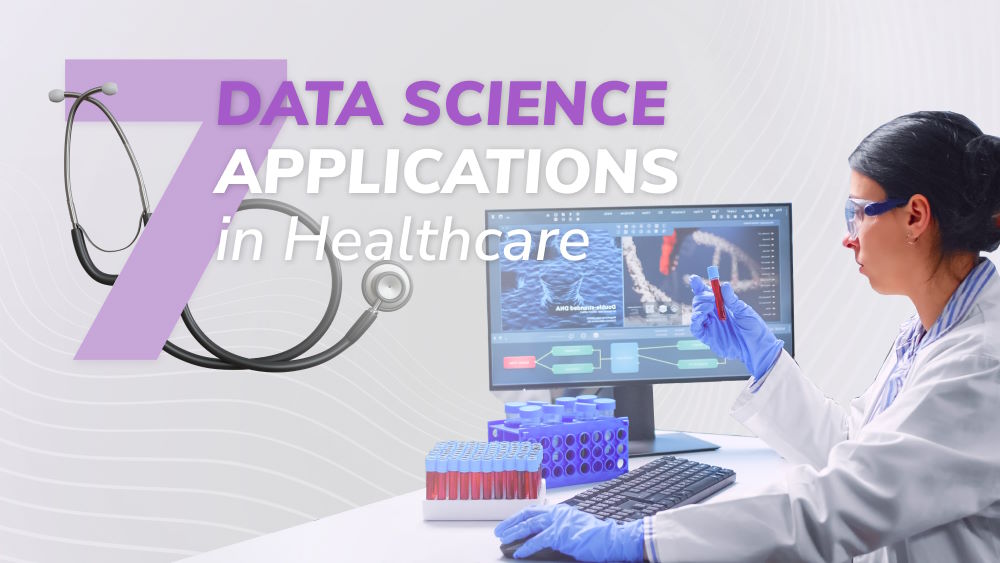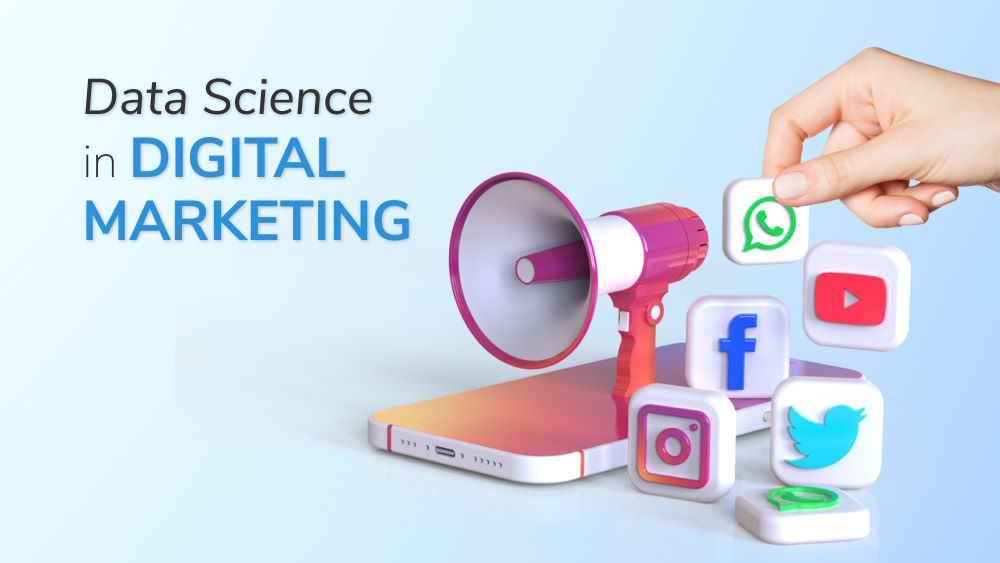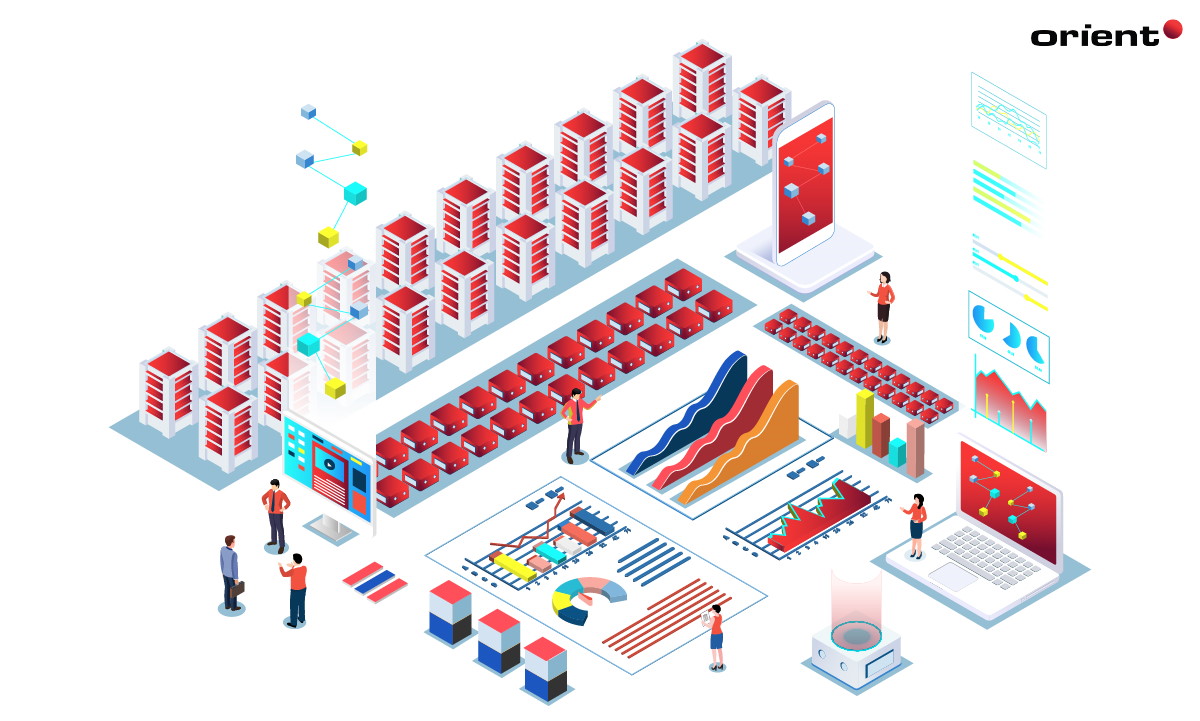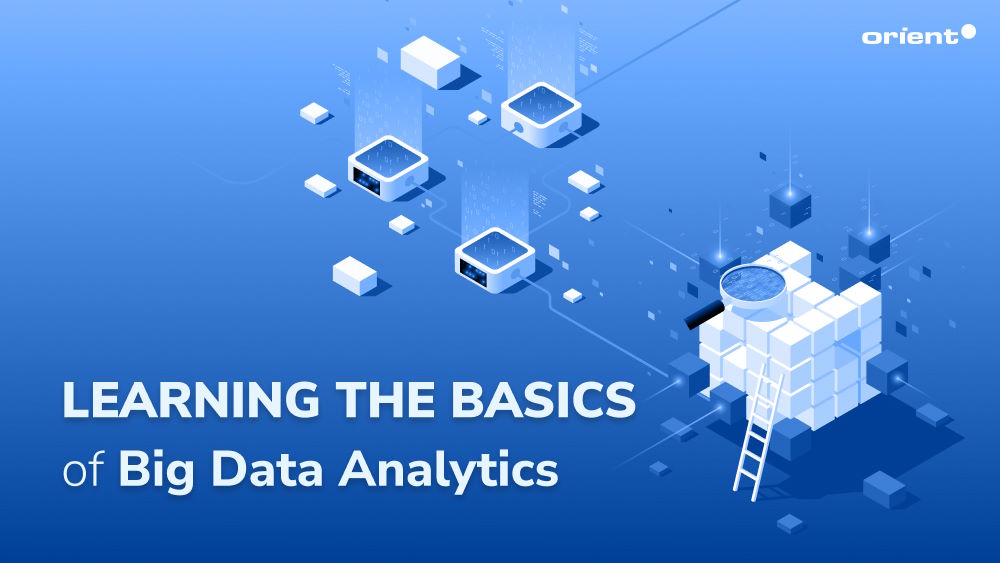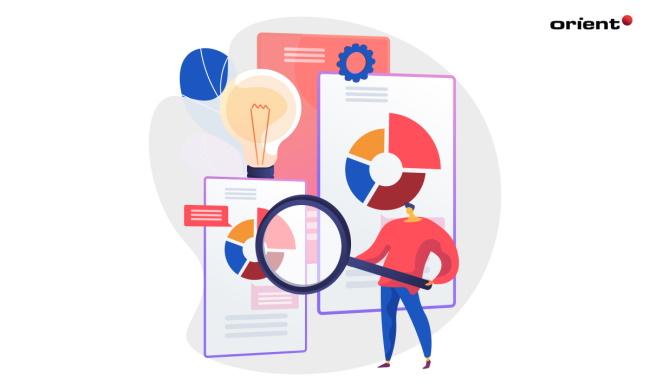Tangible Benefits of Data Analytics That Empower Businesses to Act
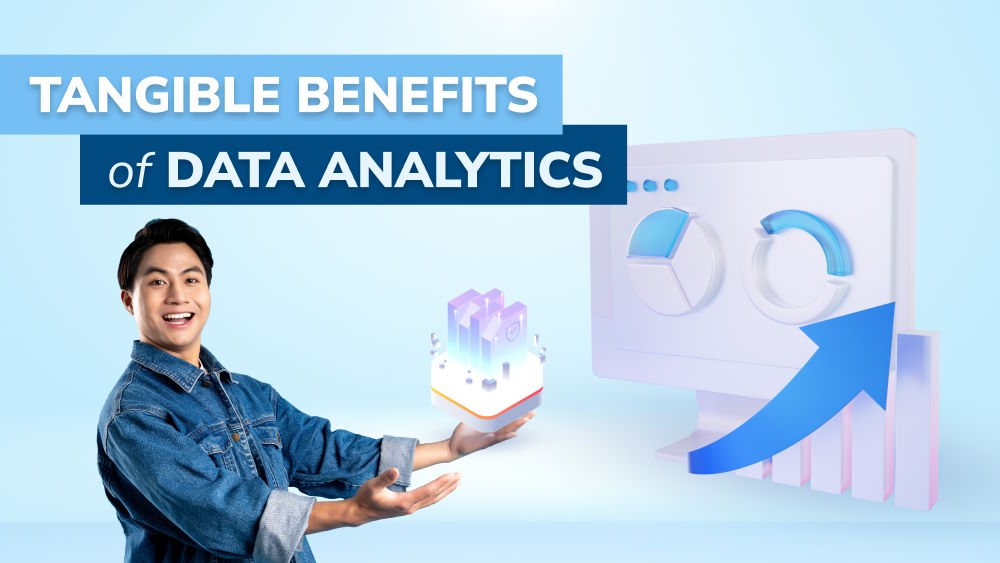
Content Map
More chaptersThe rise of big data has turned the business world into a new chapter where we are empowered and driven by data. It is one among many critical elements that can make or break any business. And guess what? The key you need to unlock the full potential of such “a potent weapon” lies in data analytics.
Anyway, What Is Data Analytics About?
In brief, data analytics is the process of examining raw data to draw conclusions about it. The ultimate purpose of data analytics is to extract meaningful and valuable insights into different aspects of a business or its customers, thereby helping businesses make data-driven decisions for better outcomes and long-term success.
There are different types of data analytics, and each has its own purpose:
- Descriptive Analytics: It involves looking at what has already happened. The focus is on understanding past performance to identify customer trends and patterns.
- Diagnostic Analytics: It helps in understanding the root cause of a problem. It is all about “why” something happened.
- Predictive Analytics: As the name suggests, it is all about predicting future trends and customer behaviors. It utilizes historical data to build models that can be used to make better decisions.
- Prescriptive Analytics: It goes one step further than predictive analytics by not only predicting what could happen but also suggesting the best course of action to take in a given situation.
What Competitive Advantage Can Businesses Reap from Data Analytics?
Most organizations are pruning their data to improve their customer experience, and business performance in general, and the competitive edges coming from data analytics make the business decision-makers cannot sit still but act. These are some of the notable benefits that businesses can reap from data analytics:
Make Informed Decisions
As mentioned before, the first and foremost benefit of data analytics to a business is better decision-making. Finances Online reports that 57% of companies admit that more effective decision-making is one of the top benefits when they use data analytics. Since businesses can gain insights from customer data, they can identify the trends and patterns in customer behavior, understand customer demand, and make informed moves based on the actionable insights instead of hunches or gut feelings. This, in turn, leads to increased revenues and improved ROI. In addition, companies can learn about the root cause of problems, avoid making the same mistakes, and predict future outcomes by analyzing historical data. However, in order to acquire this competitive edge, data quality, and efficient data management are two crucial factors you have to secure first.
Operational Efficiency & Productivity
Among the benefits of data analytics, the typical one is to help businesses drive operational efficiency by automating and optimizing various processes. For example, it can be used to streamline inventory management, track employee performance, monitor machine usage, and predict maintenance needs. Additionally, data analytics can be used to identify areas where there is scope for improvement and take necessary actions to achieve desired results.
Improve Customer Experience
Analyzing data lets businesses access customer data to learn everything about their behaviors, preferences, and needs. By understanding customer expectations in-depth, companies are able to design targeted marketing campaigns, offer more appealing discounts and recommendations, and provide a more personalized experience that leads to better customer retention and brand loyalty. Also, by analyzing data generated from customers, businesses can identify issues and complaints early on and take necessary steps to address them before they escalate.
Optimized Marketing Efforts
Businesses that embrace data analytics tools and use them effectively can get the most out of their marketing efforts and spending and stay ahead of the competition. How? The answer lies in better advertising campaigns. Thanks to data analytics, businesses can understand the customer’s needs and wants and create highly targeted campaigns. As a result, there will be less or no waste of time and resources, and the campaigns will generate more leads that eventually convert into customers.
Reduce Costs
All of the competitive edges mentioned above facilitate your efforts to cut costs and maximize profits where possible. Since companies examine data to find areas where they should be spending more than necessary or take steps to improve, they can reduce their expenses in exchange for greater outcomes. Thanks to data analytics, you can also avoid potential risks that may lead to costly mistakes. Moreover, data-driven business decisions, better customer experience, and optimized marketing activities will result in higher performance, lower customer acquisition costs, and more leads and revenues.
Keep These Tips in Mind to Use Data Analytics Efficiently
It is no doubt that data analytics can do wonders for businesses in a number of ways. However, it is better to keep in mind that data analytics is not a magic bullet that will automatically turn your company into a well-oiled machine. To get the most out of data analytics, you need to remember these throughout your data analytics cycle:
- Collecting data of high quality: This is the most critical step because it will determine the accuracy of your insights and predictions. Make sure to collect data from all relevant sources, such as customer surveys, financial reports, social media platforms, website analytics tools, etc.
- Clean and organize your data: The next important thing to do is to clean it up, remove any duplicate, missing, or irrelevant data, and organize it in a format that eases the data processing and analysis. This is the chance for you to get rid of any errors that can skew your results.
- Analyze your data: With the cleaned and organized data in place, it is time to start analyzing it to identify hidden patterns and trends. You can leverage various data analytics techniques and tools, such as Excel, Tableau, R, or Python, to make the most of your data.
- Visualize your data: Data visualization is an advanced step in data analytics since it allows you to make sense of the complex data sets and present them in a way that is easy to understand. This, in turn, will help you draw actionable insights from your data more effectively.
- Make data-driven decisions: Once you have analyzed and visualized your data, it is important to communicate your findings to the relevant stakeholders in an effective manner to ensure that everyone is on the same page. This will help them understand how they can use the data to make better business decisions based on the insights you have gleaned.
- Monitor and adjust: Data analytics is an ongoing process, which means that you need to continuously monitor your results and adjust your strategies accordingly. This will help you ensure that you are always making the most of your data.
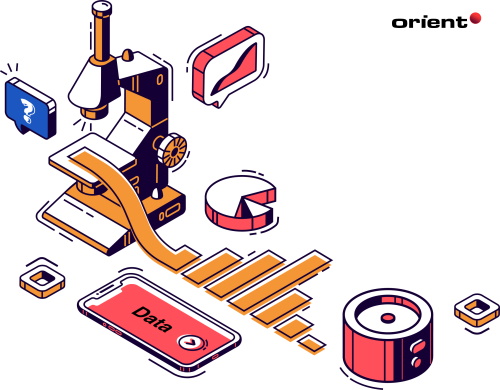
The future of data analytics is unsure, but it is evolving at a rapid pace, and its potential applications are endless. Businesses can take advantage of the data analytics tools and techniques to improve their decision-making process, optimize their marketing efforts, improve customer experience, and so much more. In a few years to come, we will see even more businesses leverage data analytics to gain a competitive edge and drive growth.

